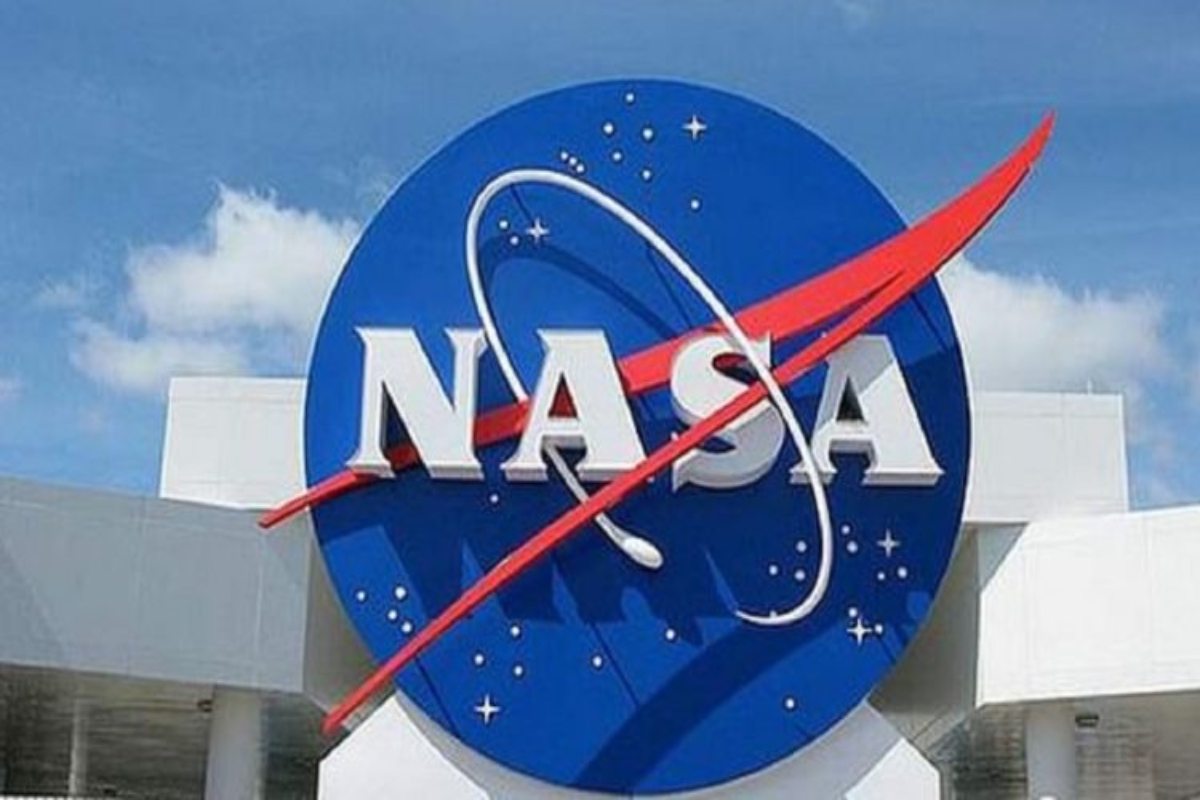Scientists analysing data from NASA’s Lunar Reconnaissance Orbiter (LRO) spacecraft and computer modelling, have discovered shaded locations within pits on the Moon that always hover around a comfortable about 17 Celsius, a temperature that is suitable for humans.
The pits, and caves to which they may lead, would make thermally stable sites for lunar exploration compared to areas at the Moon’s surface, which heat up to about 127 Celsius during the day and cool to about minus 173 Celsius at night.
Advertisement
Lunar exploration is part of NASA’s goal to explore and understand the unknown in space, to inspire and benefit humanity.
Advertisement
Pits were first discovered on the Moon in 2009, and since then, scientists have wondered if they led to caves that could be explored or used as shelters. The pits or caves would also offer some protection from cosmic rays, solar radiation and micrometeorites.
“About 16 of the more than 200 pits are probably collapsed lava tubes,” said Tyler Horvath, a doctoral student in planetary science at the University of California in Los Angeles, who led the new research that was recently published in the journal Geophysical Research Letters.
“Lunar pits are a fascinating feature on the lunar surface,” said LRO Project Scientist Noah Petro of NASA’s Goddard Space Flight Center in Greenbelt, Maryland. “Knowing that they create a stable thermal environment helps us paint a picture of these unique lunar features and the prospect of one day exploring them.”
Horvath processed data from Diviner, a thermal camera, to find out if the temperature within the pits diverged from those on the surface.
Focusing on a roughly cylindrical 100-metre deep depression which is about the length and width of a football field in an area of the Moon known as the Mare Tranquillitatis, Horvath and his colleagues used computer modelling to analyse the thermal properties of the rock and lunar dust and to chart the pit’s temperatures over time.
The results revealed that temperatures within the permanently shadowed reaches of the pit fluctuate only slightly throughout the lunar day, remaining at around 17 Celsius. If a cave extends from the bottom of the pit, as images taken by LRO’s Lunar Reconnaissance Orbiter Camera suggest, it too would have this relatively comfortable temperature.
The team believes the shadowing overhang is responsible for the steady temperature, limiting how hot things get during the day and preventing heat from radiating away at night.
A day on the Moon lasts about 15 Earth days, during which the surface is constantly bombarded by sunlight and is frequently hot enough to boil water. Brutally cold nights also last about 15 Earth days.
Launched on June 18, 2009, LRO has collected a treasure trove of data with its seven powerful instruments, making an invaluable contribution to our knowledge about the Moon.
Advertisement











